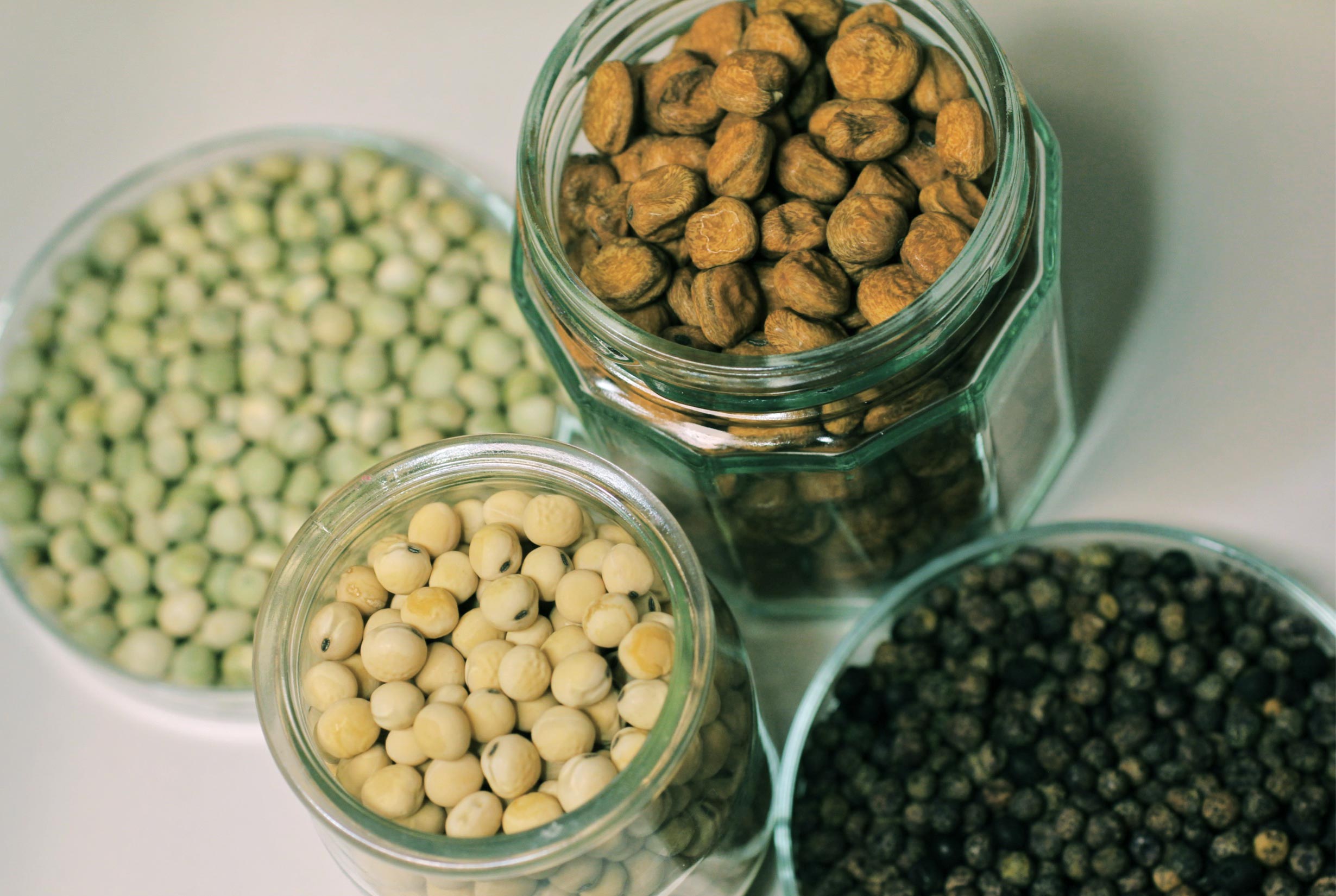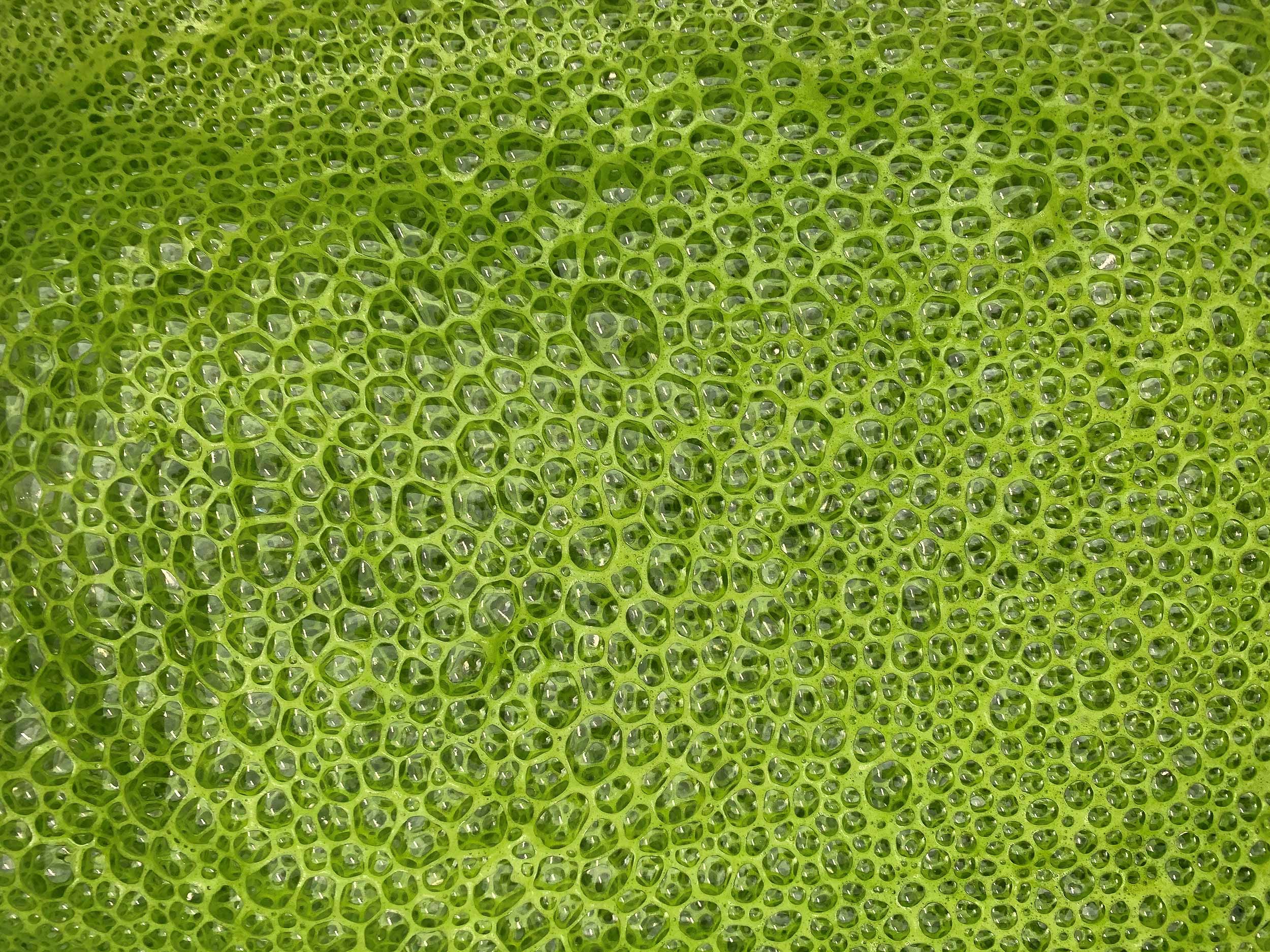Peas in food are OK, but Swedish consumers are more hesitant to use its protein as a substitute for meat products. Photo: Mia Peterson
Consumer research from SLU shows that Swedes see legumes as nutritious, but still have a wait-and-see attitude towards processed meat substitutes. Perhaps this will change in the future.

Unutilised protein resources
In a field, sugar beet seeds have sprouted their first leaves in the sunlight. In a few months, the plants will stand lush and green. What will happen to them?
Summer is over; autumn has arrived. The beet harvester moves along the rows of the field, pulling up and topping the beets as it goes. The entire plant is edible, but as the name suggests, sugar beets are grown for us to extract the sugar from the roots. The rest of the plant is usually used for animal feed and the tops are either used for biogas production or just ploughed down into the soil as green manure.
Researchers at SLU are looking into unutilised protein resources embedded in our cultivated crops – those we currently use to produce other things, such as sugar, oil and starch.
In the Plant Protein Factory at SLU, researchers are looking into the possibility of making better use of the resources of green plant material, such as sugar beet leaves and beetroot tops. The GreenLeaFood research project aims to characterise and evaluate opportunities to use substances, including proteins, from green leaf biomass as high-value food components in the future.
The tops are pressed for juice, from which plant proteins are extracted following several steps. The results are green and white proteins. White protein, called RuBisCO, may be of interest to the food industry. In its pure form, it is tasteless and odourless, which is a necessity in the manufacture of nutritious meat-free products.
‘We are investigating methods of developing an efficient, sustainable way of extracting this protein,’ says researcher William Newson.
The goal has not been achieved yet. What is difficult is extracting the protein in the purest form possible, without any other part of the plant being included. This problem does not apply solely to sugar beet tops, but also things like oilseed rape and potatoes.
























